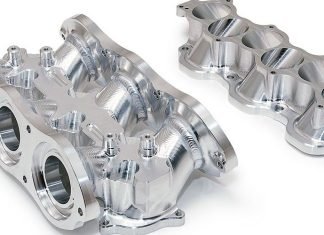Intensive Care Units( ICUs) and nebulizers go hand in hand, and you will find a medical-grade nebulizer in all ICUs in the world, small or big.
Nebulizers deliver medications directly to the patient’s lungs and are used in treating respiratory diseases, including pneumonia, bronchitis, and even asthma.
In some cases, the nebulizer is also used to manage pain and relieve anxiety. Nebulizers deal with such conditions and are highly effective in treating critical illness, so they are mostly expensive. Here we will explore the cost-effectiveness of ICU nebulizers compared to other respiratory therapies.
The Cost of ICU Nebulizers
ICU nebulizer is one of the most demanding medical devices in hospitals. It costs anywhere from a few hundred dollars to thousands, with further costs of medications and maintenance, which add up to its overall cost. Still, it is one of the most cost-effective treatment options.
The Cost-Effectiveness of ICU Nebulizers
Several respiration therapies have a much higher average cost than ICU nebulizers. For instance, a ventilator requires more resources to deliver medication to the patient, and they are complex to understand and operate. At the same time, the ICU nebulizer wins this trait due to its functional simplicity.
Comparing the ICU nebulizer with the low-cost inhalers may make you think of having higher costs of ICU nebulizers. Still, inhalers are costly and less effective in the long run as they can treat not-so-severe symptoms and cost heavier if summed up for long-term usage.
Comparing the Cost-Effectiveness of ICU Nebulizers to Other Forms of Respiratory Therapy
To further explore the cost-effectiveness of ICU nebulizers, let’s compare the using forms of respiratory operators.
- Ventilators: Patients with severe respiratory malfunction need ventilators to treat them. There is no doubt about the effectiveness of ventilators, but these cost significant monetary resources for the device and its maintenance.
The need for trained personnel to operate the ventilator is a cost which remains there forever. It makes the ICU nebulizers a winner as it is similar to a ventilator in operational efficiency and costs much less than a high-tech ventilator.
- Inhalers: Asthma and chest infections which are way too common illnesses in the general public, are treated mainly using a simple inhaler. Seemingly the inhalers are far too cheaper than ICU nebulizers, but if we make a comparison over some time, the inhalers cost more than the ICU nebulizers. These nebulizers are way more effective, and they are a one-time-buy, reducing the need to buy inhalers multiple times.
- Oxygen Therapy: Patients who needs treatement of low oxygen levels are treated by using Oxygen therapy. Oxygen therapy is still an effective treatment option, yet it does not directly gives medication to the lungs; it just mixes up the medication in the oxygen we take, which slowly penetrates the lungs.
Oxygen therapy is less effective as compared to the ICU nebulizers which are a sure shot way to deliver the right quantity of medicine directly to the lungs and treat the patient effectively.
Conclusion
There is no doubt on the effectiveness of treating patients with ICU nebulizers, it marks itself as a safe and fool proof way to treat respiration problems effectively. Remember, it is always the efficiency with which a device tackles or treats an illness. The long-term results of investing in a high-quality ICU nebulizer is way more effective than other treatment options.














